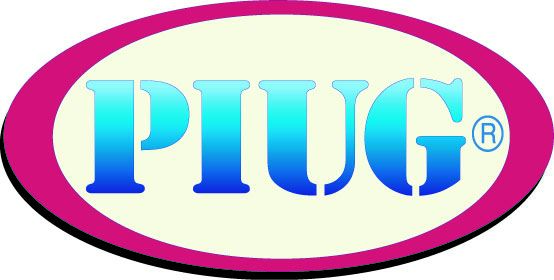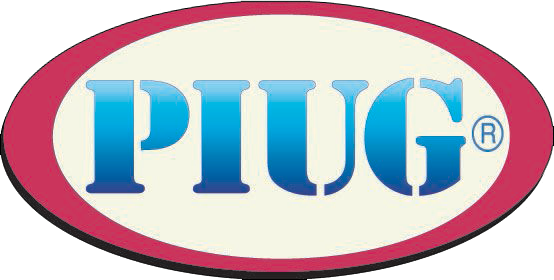Menu
Log in
|
In this Section:
Mailing Address: 40 E. Main St., #1438 Newark, DE 19711 Phone: +1 (302) 660-3275 Fax: +1 (302) 660-3276 Email: PIUGinfo@piug.org Webmaster: webmaster@piug.org | Notice on use of PIUG name and logo: No one may use the PIUG name or logo for any promotional or commercial purpose or any other purpose without the prior written consent of the PIUG Board of Directors. |
Antitrust Policy | Bylaws | Copyright and Disclaimer
© 2024 The Patent Information Users Group, Inc.
Powered by Wild Apricot Membership Software
 Search
Search Community
Community Job Board
Job Board
